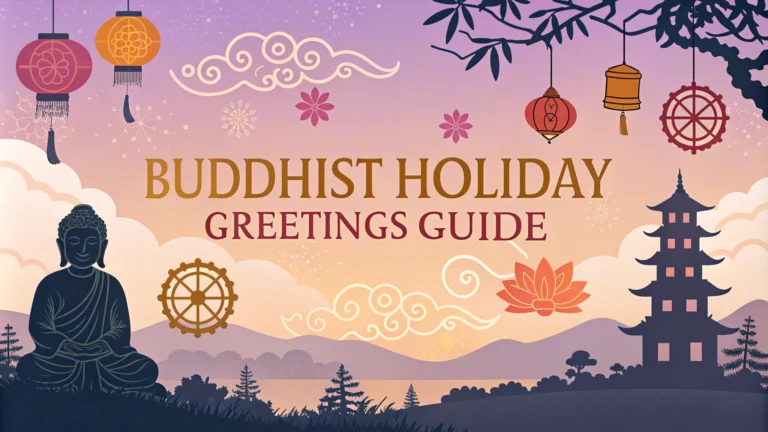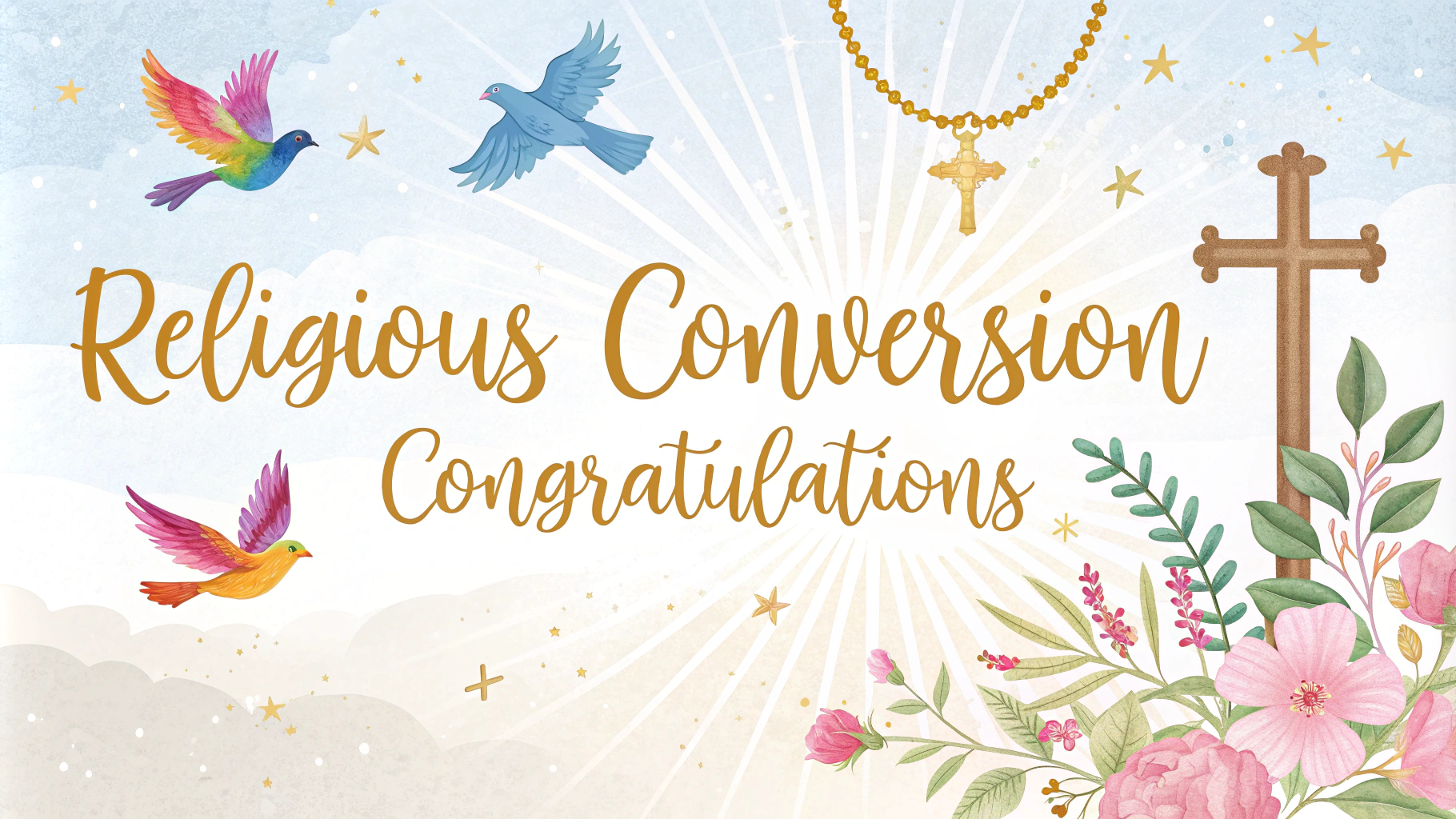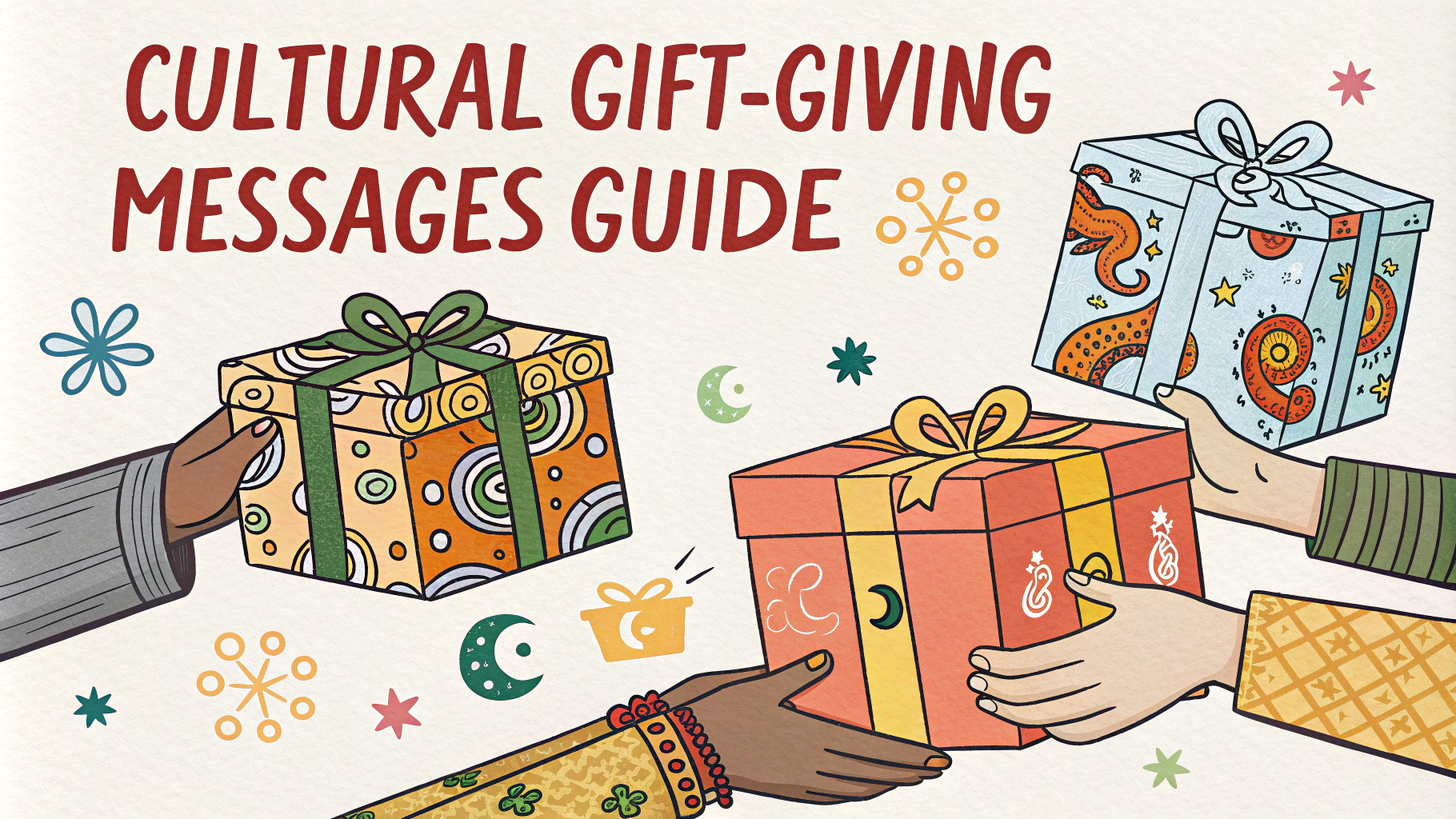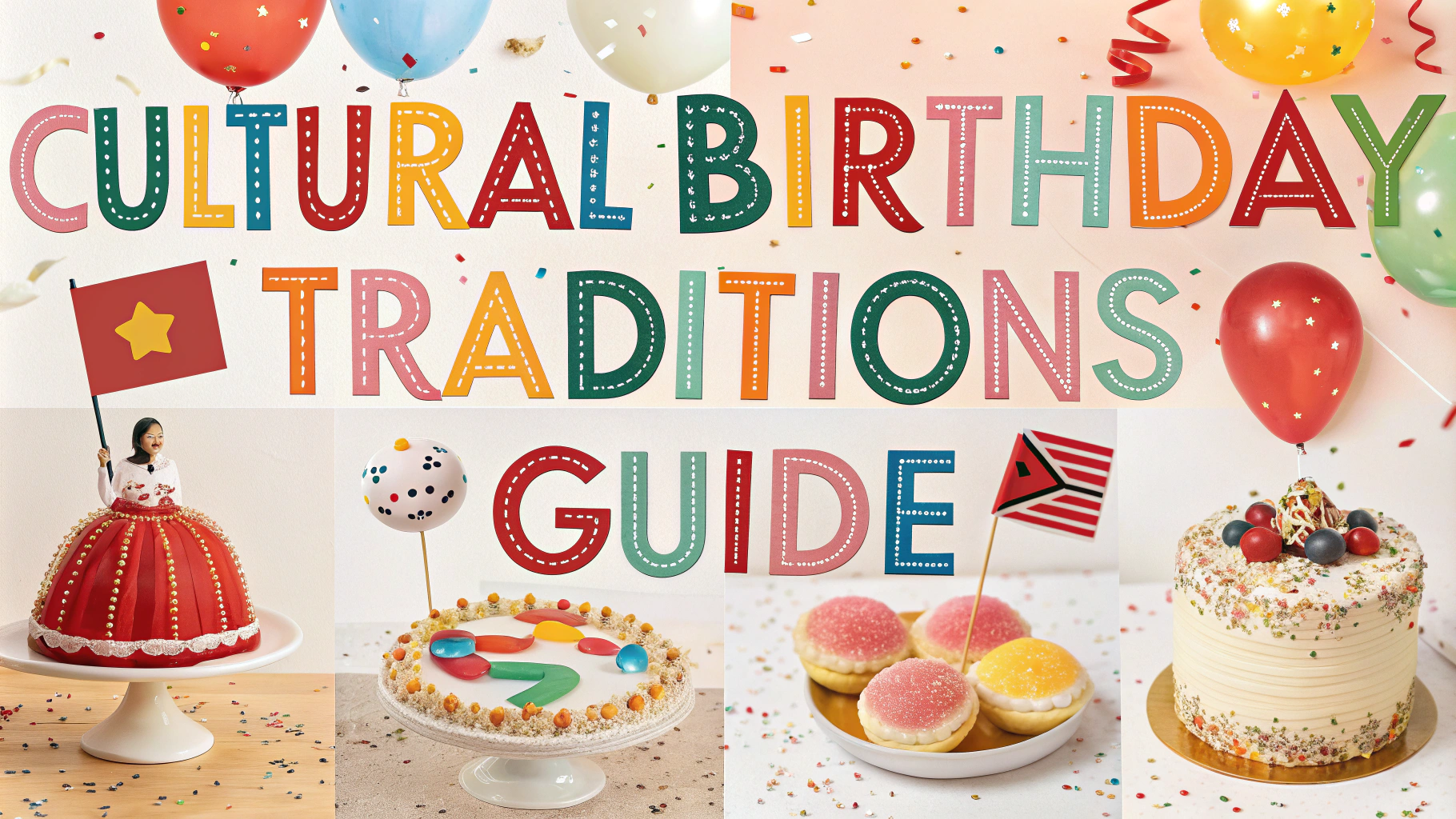Buddhist holidays offer unique opportunities to share meaningful greetings that reflect Buddhist values and teachings.
Understanding proper Buddhist holiday greetings helps show respect while connecting with Buddhist friends and family members.
Common Buddhist Holiday Greetings
- “Happy Vesak Day” – Used for celebrating Buddha’s birth, enlightenment, and death
- “Peace and Light” – A universal Buddhist greeting suitable for any occasion
- “May you find enlightenment” – Traditional wish for spiritual growth
- “Saga Dawa Tashi Delek” – Tibetan greeting for Saga Dawa festival
- “Happy Kathina” – Used during the robe-offering ceremony
Tips for Sending Buddhist Holiday Greetings
- Keep messages simple and mindful
- Focus on peace, compassion, and wisdom in your wishes
- Avoid references to material wealth or excess
- Include wishes for the well-being of all sentient beings
Buddhist Holiday Calendar
| Holiday | Date | Appropriate Greeting |
|---|---|---|
| Vesak | Full moon in May | “Happy Vesak Day” or “Buddha Purnima” |
| Magha Puja | Full moon in February/March | “May you be blessed with wisdom” |
| Buddhist New Year | Varies by country | “Peace and joy in the new year” |
Writing Buddhist Holiday Cards
Consider including these meaningful elements in your holiday messages:
- References to Buddhist teachings like mindfulness or compassion
- Wishes for inner peace and spiritual growth
- Quotes from the Buddha or Buddhist teachers
- Simple artwork featuring lotus flowers or Buddhist symbols
Digital Greetings
When sending digital greetings, these platforms offer Buddhist-themed content:
- Canva – Buddhist greeting card templates
- Buddhist Apps – Digital cards with traditional designs
- Social media platforms with Buddhist-themed stickers
Cultural Sensitivities
Remember these important considerations when sending Buddhist holiday greetings:
- Different Buddhist traditions may celebrate holidays on different dates
- Some Buddhist communities prefer simple acknowledgments over elaborate greetings
- Avoid mixing Buddhist greetings with other religious references
- Focus on spiritual rather than material aspects of celebrations
For more specific guidance, contact local Buddhist temples or cultural centers in your area.
Regional Variations
East Asian Buddhism
- Japanese New Year (Shōgatsu) – “Akemashite omedetō gozaimasu”
- Chinese Buddhist festivals – “Amitofo”
- Korean Buddhist celebrations – “Budul Bosal”
Southeast Asian Buddhism
- Thai Buddhist greetings – “Sawadee” with a respectful wai
- Vietnamese Buddhist celebrations – “Phật Pháp”
- Myanmar festivals – “Mingalabar”
Modern Adaptations
Contemporary Buddhist holiday greetings often incorporate:
- Emoji combinations representing peace and meditation
- Digital prayer wheels and virtual offerings
- Mindfulness reminders and meditation timers
- Virtual lotus lighting ceremonies
Business and Professional Settings
- Keep greetings formal and universally appropriate
- Acknowledge multiple traditions in diverse workplaces
- Use inclusive language that respects all beliefs
- Consider timing of messages for different time zones
Conclusion
Buddhist holiday greetings offer meaningful ways to connect with the Buddhist community while honoring their spiritual traditions. Whether sending traditional wishes or modern digital greetings, focus on expressing genuine good wishes for peace, wisdom, and enlightenment. Remember to maintain cultural sensitivity and respect for different Buddhist traditions when sharing holiday messages.
When in doubt, simple, mindful greetings that emphasize peace and compassion are always appropriate. Continue learning about Buddhist customs to deepen your understanding and connection with the Buddhist community.
FAQs
- What are the most common Buddhist greetings used during holidays?
“Buddhu Saranai” (May Buddha’s blessings be with you), “Sädhu! Sädhu! Sädhu!” (Good! Good! Good!), and “Namo Buddhaya” (Homage to the Buddha) are the most commonly used Buddhist holiday greetings. - How do Buddhists greet each other during Vesak?
During Vesak, Buddhists often say “Vesak Suba Pathum” (Happy Vesak) or “Buddha Jayanti ki Jay” (Victory to Buddha’s enlightenment), particularly in South Asian countries. - What is the appropriate greeting for Buddhist New Year?
The greeting varies by region: “Losar Tashi Delek” is used for Tibetan New Year, while “Songkran Suk San” is used for Thai New Year celebrations. - Are there specific times of day when Buddhist greetings should be offered?
Buddhist greetings can be offered at any time, but they are particularly auspicious during temple visits, dawn ceremonies, and evening prayers during religious holidays. - What gestures typically accompany Buddhist holiday greetings?
The anjali mudra (pressing palms together at chest level) commonly accompanies greetings, often with a slight bow to show respect. - How do monastics and lay people greet each other during Buddhist festivals?
Lay people traditionally bow three times to monastics and may say “Sadhu” while monastics respond with blessings like “Sukhi Hotu” (May you be happy). - What are appropriate greetings for Kathina (end of Buddhist Lent)?
During Kathina, people often say “Kathina Suba Pathum” or simply “Sadhu” to acknowledge the merit-making ceremony. - How do different Buddhist traditions vary in their holiday greetings?
Theravada Buddhists often use Pali-based greetings, Mahayana traditions may use Sanskrit or local language greetings, while Tibetan Buddhists have their own unique expressions like “Tashi Delek.” - What greetings are appropriate when visiting a Buddhist temple during holidays?
When entering a temple, “Namo Tassa Bhagavato Arahato Samma Sambuddhassa” (Homage to the Blessed, Noble, and Perfectly Enlightened One) is a respectful greeting. - How should non-Buddhists respond to Buddhist holiday greetings?
Non-Buddhists can respectfully return the greeting with “Thank you” or learn simple responses like “Sadhu” to show appreciation and respect for the tradition.







